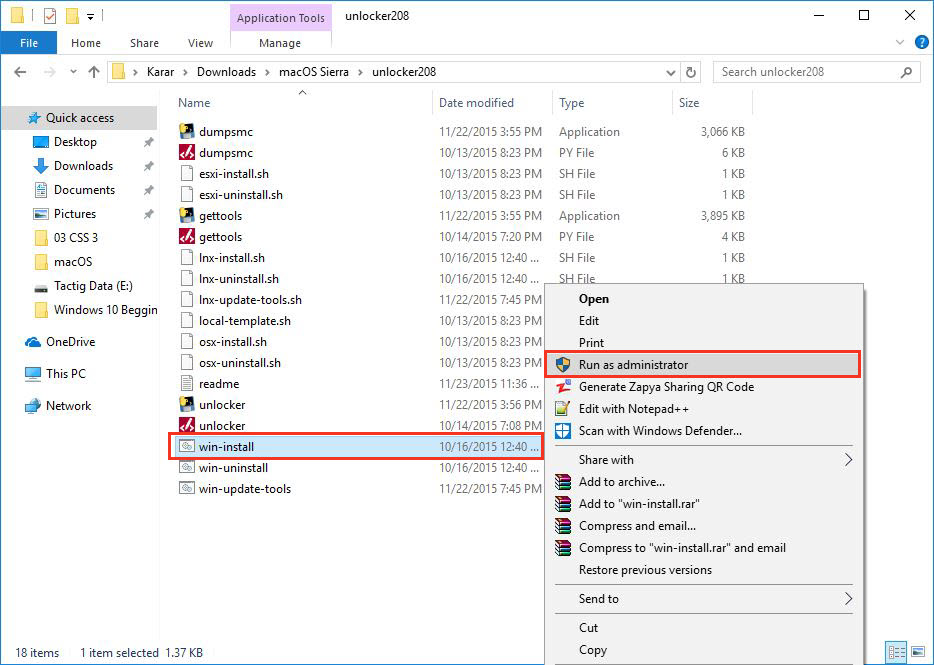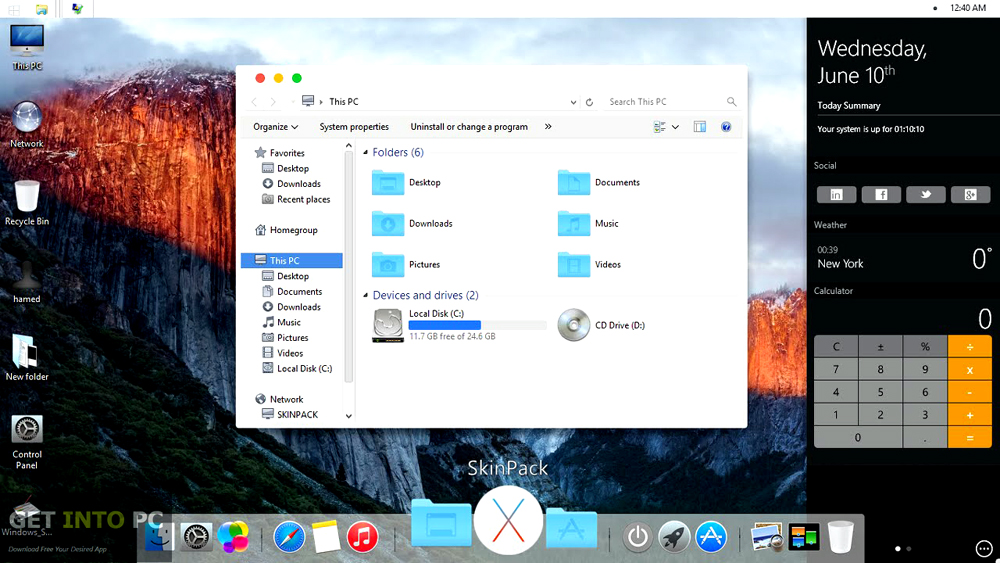Just a few days ago, Apple started seeding the first Beta build of the upcoming OS X 10.11.4 maintenance release in the El Capitan series of operating systems for Macs to developers who had a registered Apple Developer account.
We've already told you how to install the Public Beta release of the upcoming iOS 9.3 mobile operating system on your iPhone, iPad or iPod touch devices, but the time has come for you to learn how to update your Mac's OS X 10.11 El Capitan installation to the Mac OS X 10.11.4 Pubic Beta builds.

Yes, you've read that right, Apple has just released earlier the first Beta build of the upcoming Mac OS X 10.11.4 El Capitan operating system to public beta testers so that anyone can install it, even if they're not a registered Apple developer. So follow the instructions below if you want to jump on the bandwagon and get into the Beta builds.
- I have bought an Office 365 personal licence for my sister. When I try to install it I got the message Office 365 cannot be installed on this OS. How can get the previous version of Office compatible for mac OSX 10.11?
- Sep 30, 2015 But to install or reinstall a recent version of OS X, you must either download a non-bootable installer from the Mac App Store or (via OS X’s invisible, bootable recovery partition) download 6GB.
El Capitan 10.11.6 is now released as the latest version of Download El Capitan. For OS X El Capitan users this update is recommended. The upgrade to OS X El Capitan v10.11.6 enhances your Mac's reliability, performance and protection and is advised for all users. Solves a problem that can prevent parental control accounts from saving settings.
How to install OS X 10.11.4 'El Capitan' Public Beta
Let's get started, shall we? To install the first Public Beta build of OS X 10.11.4 'El Capitan,' you must to go to the Apple Beta Software Program website, sign in with the Apple ID that you're using right now on your Mac, read all the information posted there about how unstable a Beta release is, and that you need to back up all your files.
Then, enroll your Mac into the Apple Public Beta program for OSX by clicking on the 'enroll your Mac' link in the 'Getting Started' section. You'll be automatically redirected to another page, where you must follow the steps to install OS X 10.11.4 El Capitan. Basically, you need to click on the blue 'Download the OS X El Capitan Public Beta' button.
The installation will continue via the Mac App Store application, which will automatically activate your unique redemption code so you can install OS X 10.11.4 Public Beta. The installer will begin to download in the background, but please note that it has over 6GB in size, which means that it might take a while if you have a slow Internet connection.
When the download progress gets to 100%, the El Capitan installer will open, and all you have to do to upgrade is follow the instructions on the installation wizard. Your Mac will restart in order for the update to be applied. When new Public Beta builds are released by Apple to the public, you will get them automatically via the Mac App Store.
Setting Up A Database
Rails ships with sqlite3 as the default database. Chances are you won't want to use it because it's stored as a simple file on disk. You'll probably want something more robust like MySQL or PostgreSQL.
There is a lot of documentation on both, so you can just pick one that seems like you'll be more comfortable with.

If you're new to Ruby on Rails or databases in general, I strongly recommend setting up PostgreSQL.
If you're coming from PHP, you may already be familiar with MySQL.

Install Mac Os 10.11.4
MySQL
You can install MySQL server and client from Homebrew:
Once this command is finished, it gives you a couple commands to run. Follow the instructions and run them:
By default the mysql user is root with no password.
When you're finished, you can skip to the Final Steps.
PostgreSQL
Install Mac Os X 10.11.4
You can install PostgreSQL server and client from Homebrew:
Once this command is finished, it gives you a couple commands to run. Follow the instructions and run them:
Install Macos 10.11
By default the postgresql user is your current OS X username with no password. For example, my OS X user is named chris so I can login to postgresql with that username.